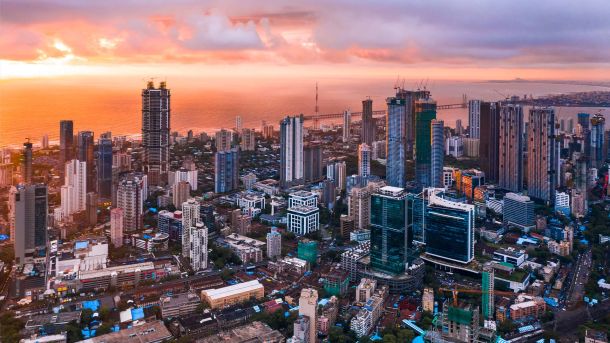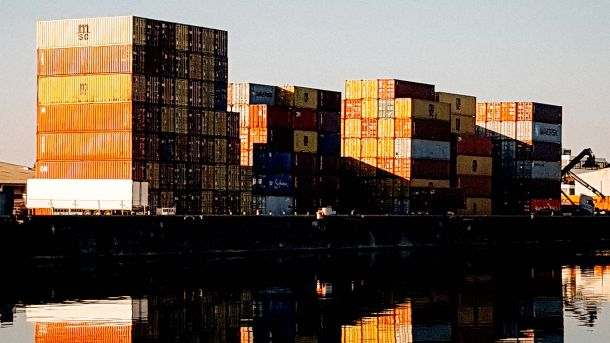While deflation persists in several categories, there was a notable annual decline in the product categories of coke, petroleum, chemicals, rubber, and plastics—down by 4.7% compared to a 6.4% decrease in May. Prices for transport equipment fell by 0.4%, petrol by 5.7%, and parts for transport equipment by another 0.4%.
Production costs for intermediate goods rose by 5.5% in June, following a 6.9% rise in May. This increase remains within the South African Reserve Bank’s (SARB) inflation target range of 3% to 6%, with a modest month-on-month increase of 0.7%. Annual rises continue to be largely driven by base effects from 2024 data.
Key contributors to the annual increase included:
- Basic and fabricated metals, which rose by 11.8%, contributed 5.9 percentage points.
- Chemicals, rubber, and plastic products, which contracted by 2.9%, contributed -0.8 percentage points.
In the primary sector, mining costs increased by 4.8% in June, following a 2.8% rise in May. The agriculture sector experienced a rise of 5.0%, down from 6.0% in May.
Overall, the trend in producer price inflation for final manufactured goods continues to support favourable inflation expectations in South Africa for the short- to medium-term. Consumer inflation remains low at 3.0%, aligning with the SARB’s target of 3%. Despite rising intermediate goods prices—especially water and electricity, which are still above target—current figures indicate that consumer inflation will likely remain low and stable in the near term.
This stability may encourage the Reserve Bank to consider lowering interest rates further later in 2025, as both consumer and producer inflation expectations seem well-contained at present.





